Yellow mustard oil has a long history of use for cooking, health and beauty, particularly in South Asia, and parts of Europe. With its strong flavor and aroma, and a ton of health benefits, mustard oil is of increasing interest to consumers searching for nutrient-dense natural oils. Bulbul Oils is a brand trying to promote yellow mustard oil. In this article, we will cover what yellow mustard oil is, the forms that are available, any health benefits, culinary uses, safety information, tips for choosing quality mustard oil, storage instructions, and discussions regarding other mustard oils.
Varieties and Processing
Differences Between Cold-Pressed and Refined Oils:
Cold-pressed oils are mechanically pressed from the seed, with minimal heat and no or very little extraction chemicals. They generally retain more benefits (fatty acids, antioxidants, flavor) than refined oils, which undergo more processing to obtain product safety, good working characteristics, or acceptable flavor. Some brands, such as Bulbul, promote their cold-pressed oils, or their oils that require smooth filtering, to retain more of the natural benefits than conventional oils.
Yellow/White vs Brown/Black Mustard Seed Oils:
There are significant differences between yellow/white and brown/black mustard seed oils with respect to flavor and pungency, and sometimes intensity of aroma. Generally, black mustard oil is stronger in flavor and pungency, and it is used in a more intense flavor profile. Yellow mustard oil is less pungent and preferred in flavor profiles that do not require the same intensity or continued flavor.
Health Benefits
Yellow mustard oil has several potential health benefits, many of which are highlighted by Bulbul Oils and other sources. Some of these are backed by research, others more traditional or anecdotal:
Healthy Fats
It contains monounsaturated fatty acids (MUFA) and polyunsaturated fatty acids (PUFA), such as omega-3 and omega-6, that promote heart health. Bulbul Oils suggests that they help decrease bad LDL cholesterol and increase good HDL cholesterol.
Anti-Inflammatory Properties
Mustard oil contains compounds such as glucosinolates and other phytonutrients that may have anti-inflammatory effects and could ease swelling, joint pain, or overall inflammation.
Antimicrobial Effects
Mustard oil may help slow the growth of bacteria and fungi, which would be useful not just in cooking (preservation and food safety aspects) but for external applications (skin, hair).
High Smoke Point
Yellow mustard oil has a high smoke point (approximately 480°F or ~250°C from some sources) which indicates it is more stable during high temperature cooking (deep-frying, stir-frying) and limits the development of harmful chemicals that form at lower smoke points.
Flavor & Sensory Attributes
While less pungent/spicy than black mustard oil, yellow mustard oil retains some pungent/spicy taste and smell and will add a unique character to the dishes it’s used in (tempering, pickles, marinades); a little goes a long way.
Skin & Hair Benefits
Traditional uses include massage (to improve blood circulation), hair treatments, and skin applications due to its antibacterial and antifungal characteristics. Bulbul Oils refers to some of the topical applications.
Read More: Health Benefits of Yellow Mustard Oil
Safety, Concerns, and Regulatory Aspects
Though mustard oil has benefits, there are also caveats and some regulatory issues:
Erucic Acid: An issue associated with mustard oil is erucic acid, which is a fatty acid found in oils that come from seeds in the brassica family. While not proven, studies in animals have connected excessive erucic acid intake to heart health issues. There are certain oils bred or refined, such as canola oil, to reduce the amount of erucic acid.
“For External Use Only” Labels: In some countries such as the U.S., mustard oil is classified as “for external use only” due to regulatory issues regarding erucic acid.
Allergies & Sensitivity: Mustard is part of a family that can trigger allergic reactions in some individuals. This might not be an issue with individuals without a mustard allergy, but using it externally or ingesting it could produce irritation in sensitive individuals.
Heat Degradation: While its oil has a relatively high smoke point for cooking, regardless of its characteristics, if any oil is over-heated, it can reduce useful compounds and promote unwanted oxidation. Therefore, moderate to high heat is acceptable, just avoid burning it.
Purity: When oil is mixed with other oils or adulterated with cheaper oils, it likely loses most of the benefits it claimed to offer (and potentially harmful substances could be introduced). It makes is important to assure that you are obtaining a quality oil source. Bulbul Oils stresses the importance of selecting a pure, unrefined, chemical-free oil.
Storage Tips
Even good oil can lose its qualities if stored badly. Here’s how to keep yellow mustard oil in good shape:
- Keep oil in a cool, dark place away from direct sunlight. Many oils deteriorate when exposed to light.
- Use tinted or dark glass bottles to minimize light exposure.
- Keep the bottle tightly sealed to limit oxidation (air) and moisture.
- Do not heat beyond smoke point (no burning).
- If sediment forms in the bottle (from cold pressed), this is normal. Please gently shake the bottle before use. This is not necessarily an indication of spoilage.
Generally, with proper storage, shelf life is approximately 12 months. Signs of degradation may be noted with regards to smell, taste, or color after that time.
Conclusion
Yellow mustard oil is a strong, flavorful, nutrient-packed oil choice for those who like more intense flavors in your cooking and wellness routes. Brands such as Bulbul Oils emphasize, purity, cold-pressing, no preservatives, and extraction methods that honor traditional methods to maintain health benefits. A few safety considerations — erucic acid content, purity, storage — are good notes. When used in an appropriate manner, yellow mustard oil can provide a cardiovascular, anti-inflammatory, antimicrobial, skin & hair benefits, and can be used in higher heat cooking.
If you are looking to consider yellow mustard oil’s potential into your diet or skin care plan:
Start small *(so the flavor does not get the best of you).*
Use quality made from cold-pressed oil.
Store away from light to preserve its qualities.
Allergies or skin reactions are also good to note.
With proper use, yellow mustard oil can be a great addition to your pantry and health-kit.
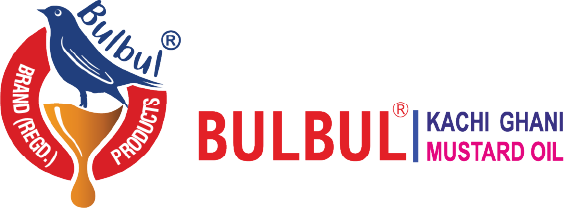

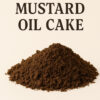
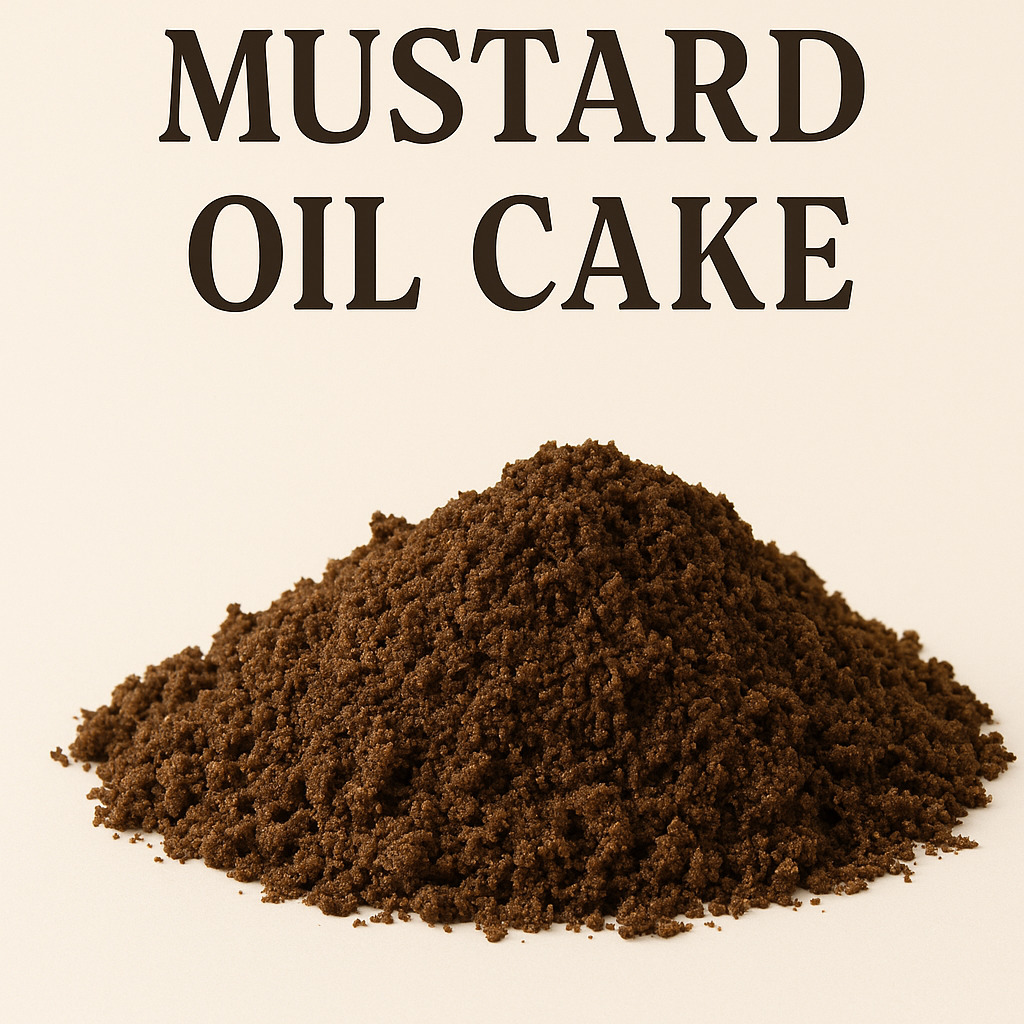
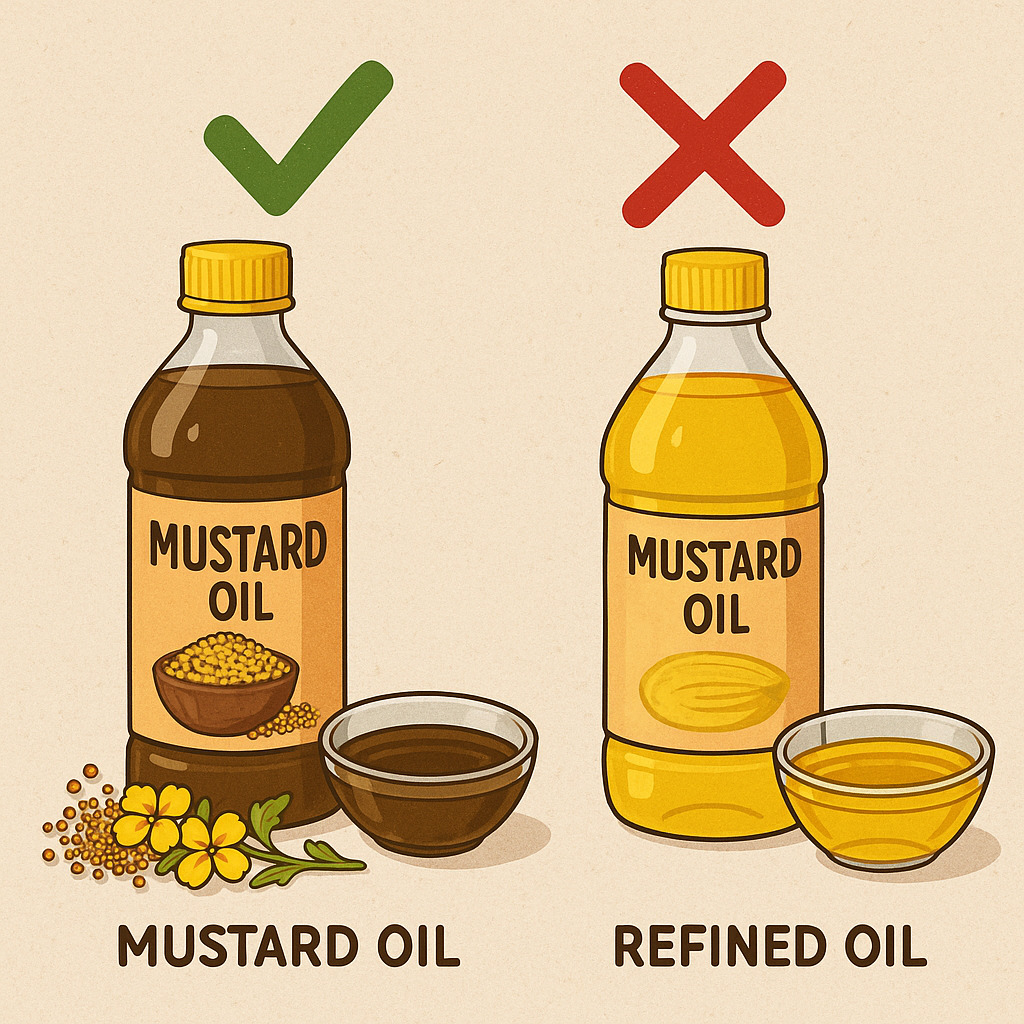

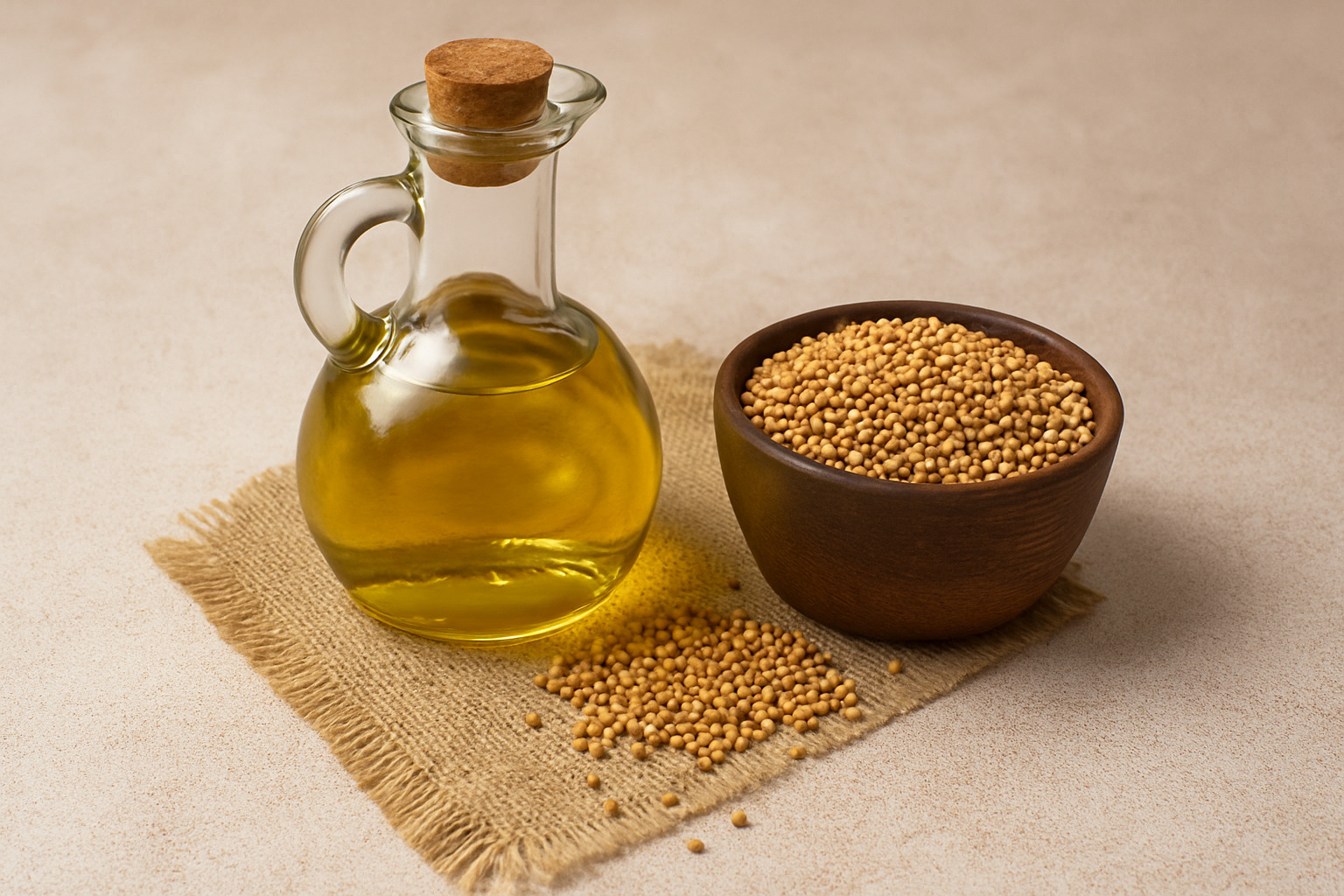

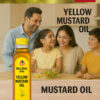
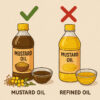
Leave a reply